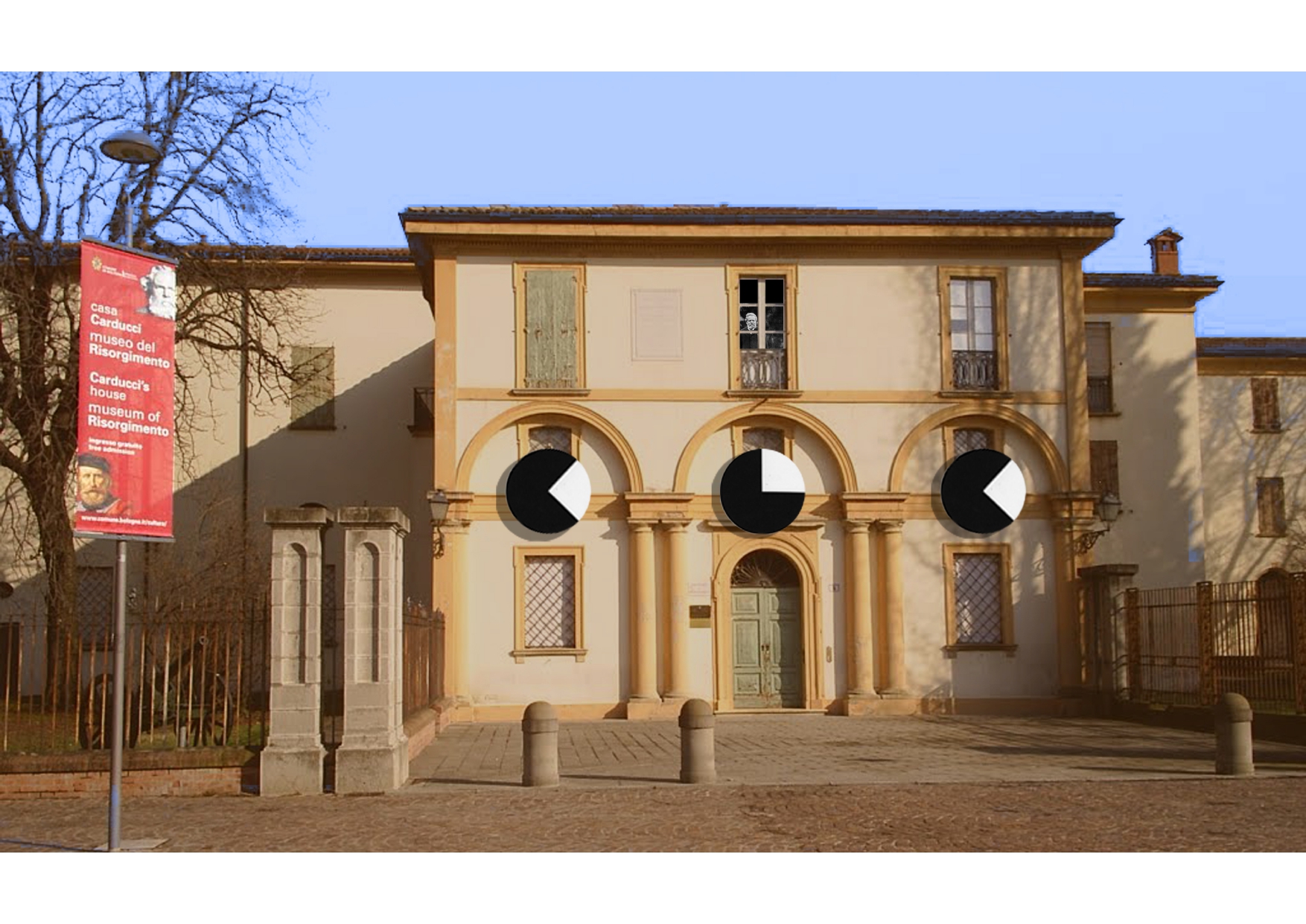
Get the latest updates in your inbox and sign up for more info!
In 2019, Casa Carducci, the last home of the Nobel prize winning poet - today a museum and library - hosted the event “In the Poet’s Home”, one of the key projects of “BOOM – Crescere nei libri”, the programme of events organized in town during the Bologna Children’s Book Fair.
The second edition - which should have taken place during the 2020 Bologna Children’s Book Fair, but was postponed to 2021 on account of the Covid-19 lockdown – was again designed to take place at the poet’s home and once more give an insight into the poet’s work.
Hailing from France, Marion Bataille, the exquisite illustrator and graphic designer, author of picturebooks that are also design objects, was involved again this year, following on from the workshop on words and letters she held in 2019 at the poet’s house.
Why was a French artist entrusted with working on a poet so intimately connected with the history of Italy? The reason, as Bataille sees it, is to appreciate poetry going beyond the frontier of language and identity. This French artist has for years investigated the theme of language, creating books in which the letters of the alphabet are the starting point for a series of analogies: geometrical forms and colours that combine according to a precise creative logic to become codes and sequences of letters and numbers that any child can read whatever his/her mother tongue.
“Encylopodia” is another piece in Marion Bataille’s research into a universal language. Not speaking Italian, she had to invent a way of getting around the language barrier in order to understand Carducci’s work.
Even if you can’t read a poem, you can at least walk it. Bataille worked on the rhythm and pace of some of Carducci’s most famous poems – the ones every young Italian learns at school – distilling its musicality into a series of coloured geometrical cut-out figures, which, when aligned, become a musical score.
Placed on the furniture, walls and floors of Casa Carducci, these paper props turn the house into a series of musical scores to be read following the patterns of colours and shapes, which echo the rhythm of Carducci’s poems, giving them body and voice.
In this way, the house itself becomes the poetry in an experiment integrating space and literary work. The paper letters give tactile form to in the poems that visitors can “play” simply by walking through the corridors of the house and following the writing.
The project was curated by the Bologna Library Institution – Casa Carducci, Salaborsa Ragazzi Library and the Hamelin Cultural Association.
Hamelin interviewed Marion Bataille about her project on Carducci’s home.
What was your reaction to the idea of working on the poems of Giosuè Carducci?
For me it was an opportunity to comprehend poetry without understanding the meaning. It’s like writing: once you’ve learned to read, you can only see a word as a signifier.
What’s also striking is that many Italian speakers know Carducci’s poems by heart. They’re all individual “Casa Carduccis”.
Carducci is one of the Italian poets most taught in primary schools in Italy. Children learn his poems by heart on account of their rhythm. Is Carducci also known in France?
No. I don’t know if it’s possible to translate into a foreign language both the meaning of words and their rhythm at the same time.
Working on the sound without concentrating on the meaning of words: how did you do it?
It’s like a song; I imagine that the poet’s body is a sound box with the drum at his feet and a wind instrument in his hands. That’s something you can hear and feel without speaking the language. And then, the poet stands on the ground of the Latin roots Italian and French have in common.
A visit to Carducci’s home is to take a leap back in time. Was there anything there that particularly caught your attention?
The first floor where the poet actually lived is directly above the ground floor museum dedicated to the Risorgimento, almost as if to superimpose his work on the whole country. That may be a way of seeing and organizing things, but it’s not how things were.
The uniform colour throughout is the colour of the leather-bound books. But what strikes you most is not what you see but what you hear: the narrative of the visit, the stories the guides tell you, and the museum team.
The continual series of books in the library is like a heart beating. I can’t hear the voice of Carducci; the sound of his voice doesn’t reach me but the rhythm of his poetry does.
That’s what I would like to capture graphically.

I imagine that the poet’s body is a sound box with the drum at his feet and a wind instrument in his hands